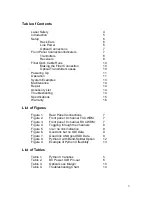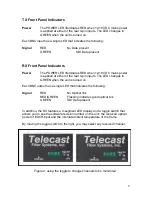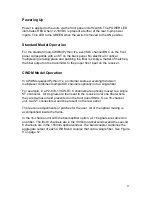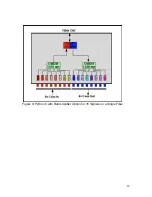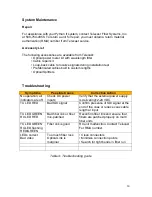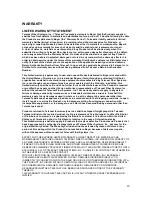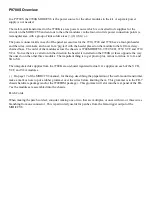
10
4. After the last channel is displayed, the ambient temperature inside the frame
will be indicated in degrees Celsius.
Fiber Optic Cable Runs
The optical output from each TX is generated by an infrared laser diode that is
coupled to the fiber. User connections are made at the bulkhead ST type
connectors on the rear panel; refer to Figure 2 on page 7. Operation is intended
for use on single mode fiber, however, transport over limited distances is
possible on multimode fiber. Since higher bit rates result in shorter link
capabilities, HD transport on multimode will be severely limited and is not
recommended.
The inputs at the RX uses an InGaAs pin diode and amplifier to convert the
optical signal back into an electrical signal.
Making the Fiber Connections
Inspect the fiber ends and clean them with with Kim-Wipes that have been wet
with pure isopropyl alcohol. Fingerprints or other dirt on the optical connector end
surfaces will reduce the received optical signal level.
Connect the fibers to their matching ports on both the TX and RX units.
Optical Transmitter Losses
The maximum fiber distance is defined by the optical loss margin. The RX signal
must be - 22 dBm or better (@ HD rates). Losses on single mode fiber are
approximately 0.5 dB/km or less. Refer to Table 3 for the expected TX output
requirement and the consequent RX input power.
@270Mbps
@1.5 Gbps
TX Optical Output (std.)
- 6 dBm
- 6 dBm
RX Optical Input
- 30 dBm
-22 dBm
Optical Loss Margin
24 dBm
18 dBm
Table 3: Optical Power and Link Margins.
Note that 0 dBm output lasers are available for increased optical margins.
Use an optical power meter for testing the optical power and its transmission
over the fiber. Instructions for this test are supplied with the meter.



